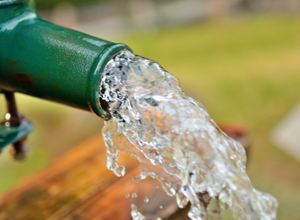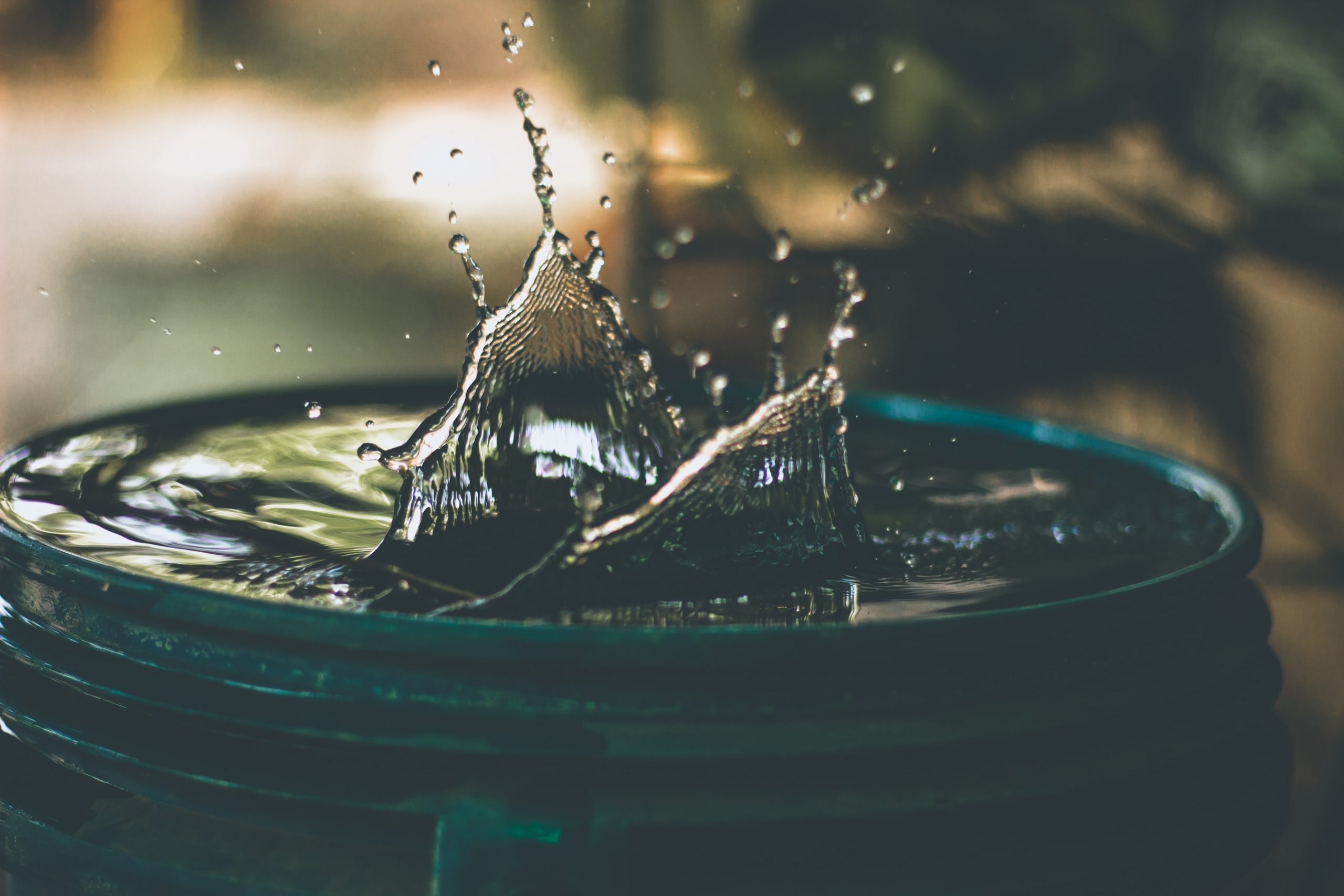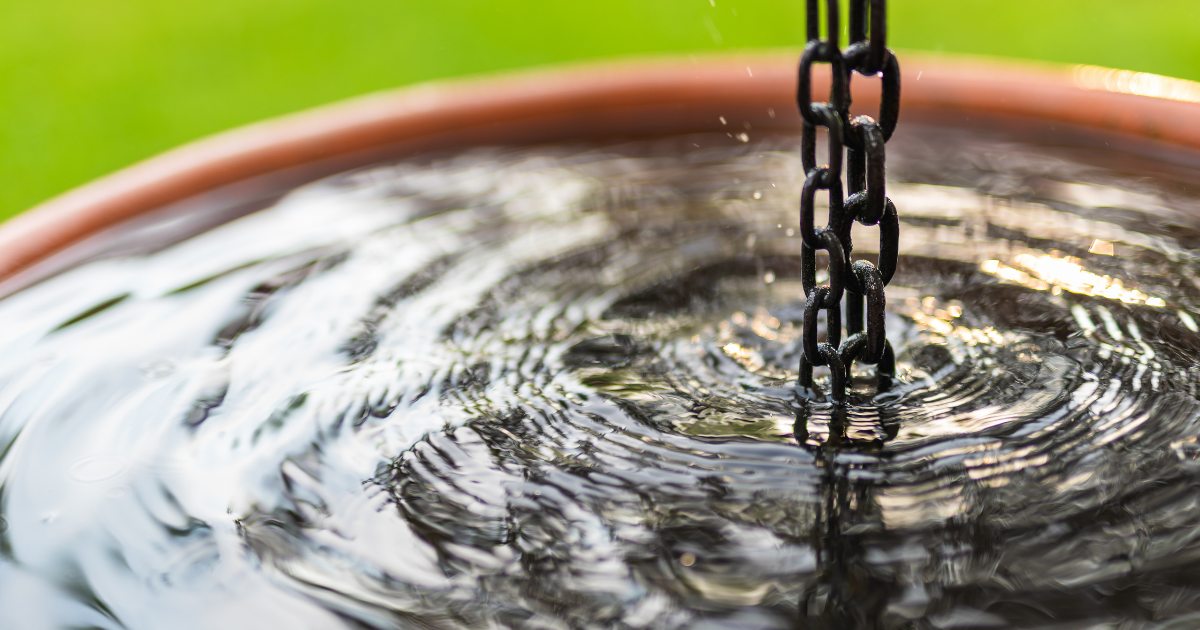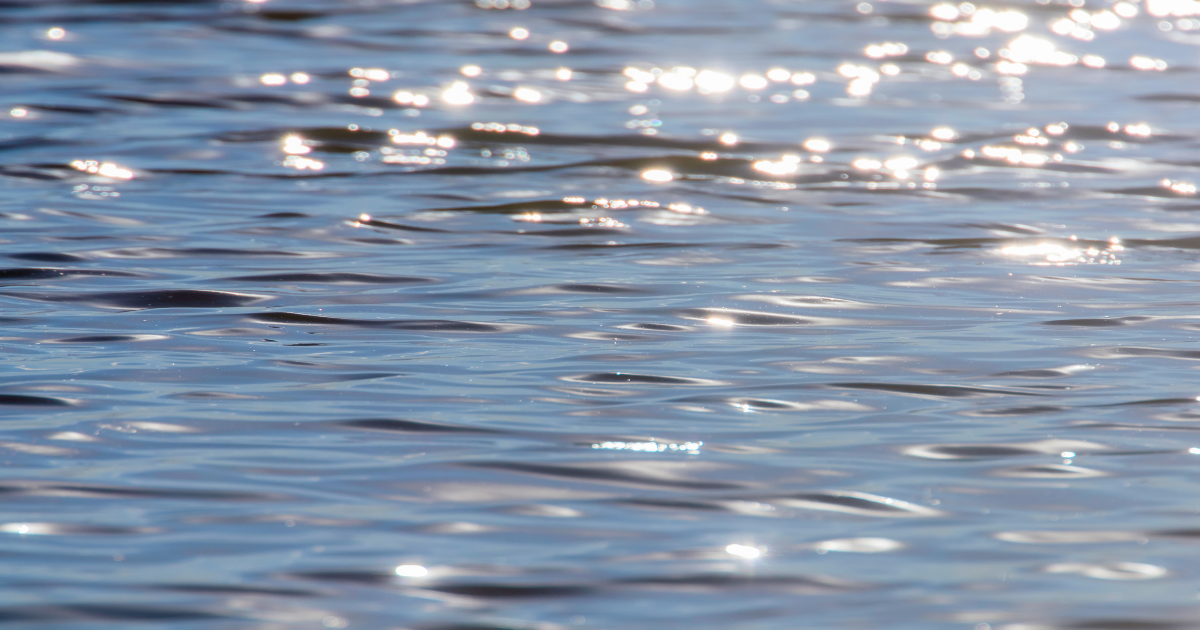Pune city is blessed with surface water sources, the city is drained by Mula and Mutha rivers and their tributaries. Mulshi dam is the major dam on Mula river while Temghar and Khadakwasla dam is built on the Mutha river. Khadakwasla dam is one of the main sources of water for Pune city and its suburbs which is fed by two upstream dams, Panshet and Varasgaon. In addition to this there are many lakes located in the Pune city, some of them are Katraj Lake, Pashan Lake, Mastani Talav etc.
The core city has many Hauds (water tanks) like Phadke Haud, Kala Haud, Pushkani Haud and Dug wells like Shaniwarwada well etc. The main source to these man made structures is groundwater. Many springs can be seen in Pune city. Therefore, from the past few decades, if not centuries, aquifers (underground layer of water-bearing permeable rock, rock fractures or unconsolidated materials) has been a most effective source for Punekars to cater their daily water needs.
As per estimates done by various agencies Pune’s net water requirement has crossed over 18 TMC. As per PMC’s records, around 13 TMC of water is currently supplied to Pune city. At present, most parts of the city face acute water scarcity, especially during the summer months. During these deficit periods, areas that receive less water than their requirement often rely on dug wells and borewells. This has resulted in an increased and unsustainable dependence on groundwater in the city. On the other hand, areas that have regular municipal water supply have seen a reduced dependency on groundwater, and hence many wells have been demolished in the city under the guise of urbanisation.
Contaminated groundwater due to leaking-sewage lines is one of the important factors pushing Punekars to close down the groundwater sources such as dug wells and borewells or refrain from using the water from these sources. Groundwater contamination has been detected in a number of groundwater sources such as springs and dug wells across the city. The surface water sources such as rivers and streams are not behind in terms of bacteriological contamination.
Urban water management approaches in India have often underplayed the important component of groundwater resources at the expense of focusing on surface water hydrology, with an even greater focus on developing surface water resources and the water delivery system through ‘mega project’. In the case of Pune city, groundwater has remained a silent supplement to Pune’s civic water supplies for many years. As the city has grown, urbanisation has eaten away most of Pune’s groundwater sources – the shallow unconfined aquifers – both virtually and in the real sense of the word. Therefore, it is important to gain knowledge and information about this hidden source to rejuvenate this source and to ensure future water security and sustainability in simplistic terms and ways.
Intervention Areas
Resources
View All
Featured Stories
View All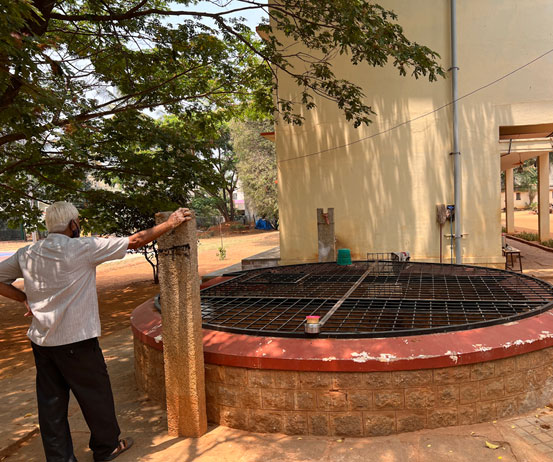
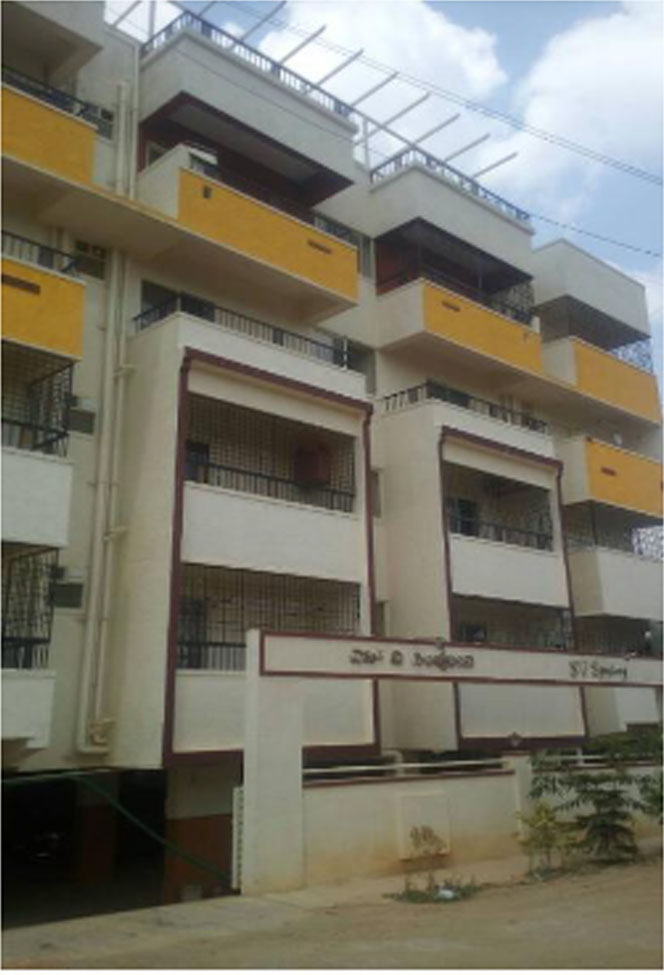
Water wisdom at SV Symphony Apartments



